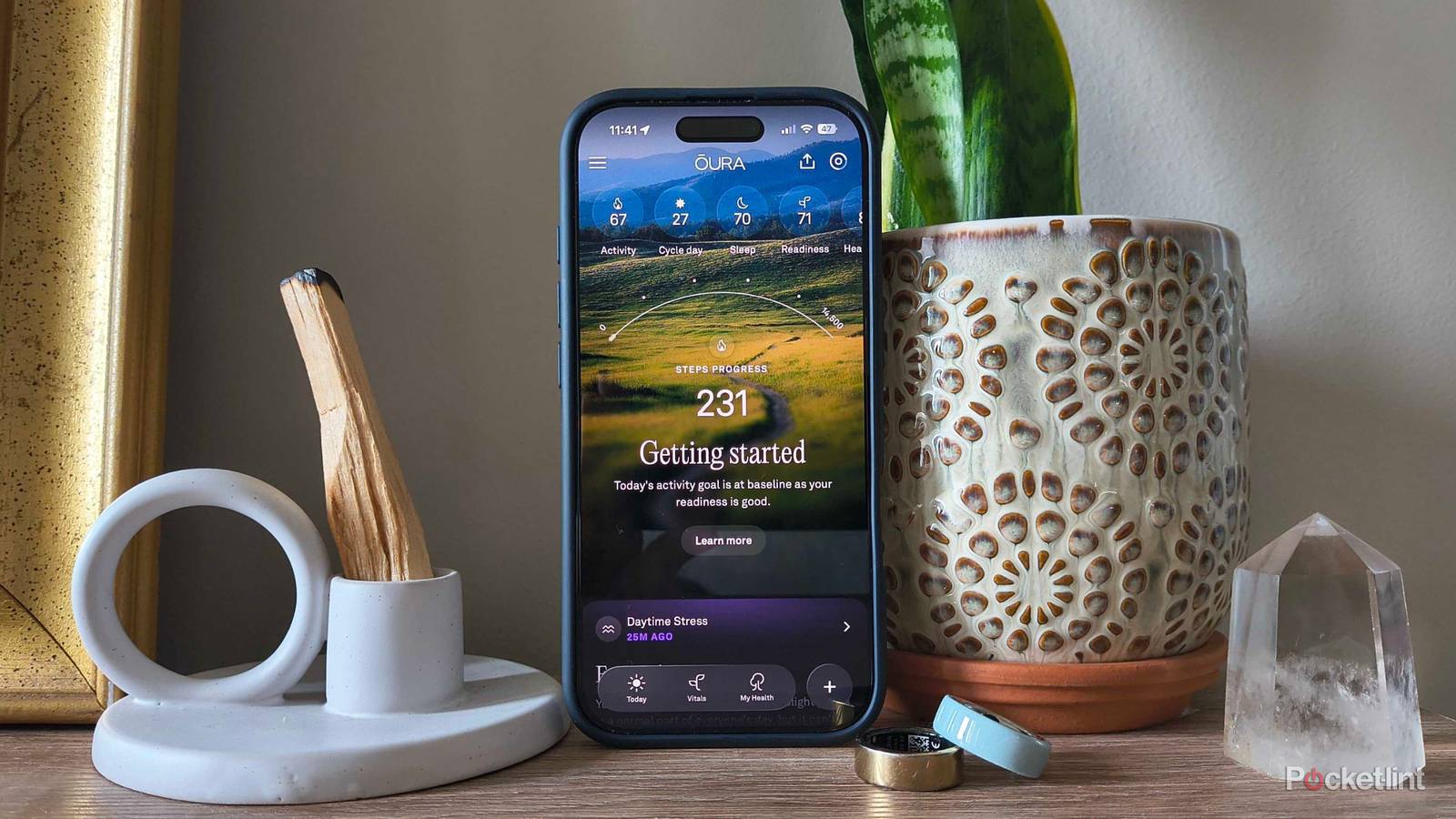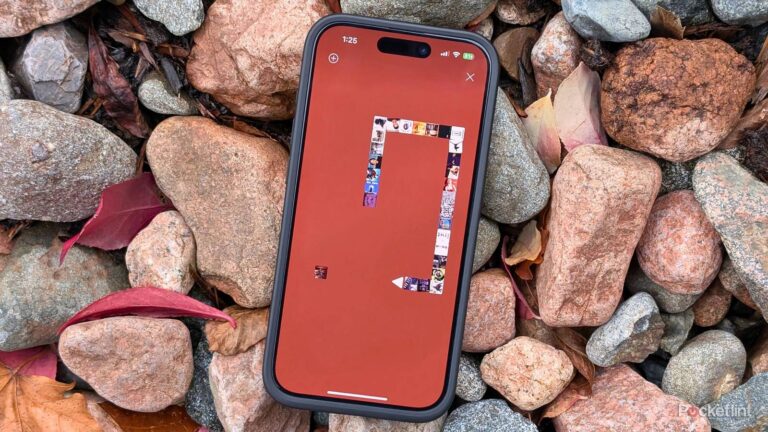If you’re sporting one of the wellness space’s most stylish smart rings, you may have woken up to a brand-new app interface this week. On October 20, Oura announced an app update that would roll out within the coming weeks, and for many users, it just landed. Following the recent release of the Oura Ring 4 Ceramic line, the refresh doubles down on serene landscapes, better flow, and an overall more intuitive design.
That’s not all — Oura also introduced Cumulative Stress, a tool that helps you understand the long-term effects of stress in your daily life. With a new dedicated dashboard, users can see a snapshot of both short-term and long-term stress patterns.
So, what else is new? Oura’s overhaul definitely brings more tranquility to your phone.

- Brand
-
Oura
- Heart rate monitor
-
Yes
- Battery life
-
5-8 days
- Sensors
-
Blood Oxygen, Heart Rate, HRV, Respiration Rate
Oura’s new design
Everything is still there
When you open the app, the first thing you’ll notice is that a nature scene takes up most of your screen. The old interface focused on boxing off everything into different sections, and the refresh smooths out that tendency. When you scroll down the homepage and across the app, the familiar grouping remains but with a better flow — it no longer feels like everything’s separated by tape.
The app is still broken down into three tabs at the bottom: Today, Vitals, and My Health. The Today tab hones in on one important daily focus, plus a snapshot of the rest of the day’s metrics. The Vitals section breaks down core health readings such as sleep and stress, and now uses color indicators to give you an immediate visual status report.
The My Health tab arguably received the biggest overhaul, with a visual overview of different health strengths and weaknesses at the top before breaking down various other pillars of your long-term health. Oura also added a Habits and Routines section to My Health, which highlights daily behaviors and helps you connect the dots on whether they’re working for you.
I also noticed deeper insights at the bottom of the My Health tab — there, I could access dozens of reports (from weekly to yearly to “Anniversary” stats), Health Panels (which explore up to 50 biomarkers from an external blood test), and Chronotype (your personal optimal sleep schedule). I actually loathe that Oura tells me I’m an Early Evening type, but maybe that means I really should be crawling under the covers sooner.
Overall, the visual refresh is gorgeous. The top of the Today page almost feels inspired by iOS 26’s Liquid Glass, which makes my Oura app feel even more natural on my iPhone 16 Pro. The way everything is organized now feels more intuitive, and I actually want to spend more time in the app than I did before the update.
Oura adds Cumulative Stress
Rounding out stress-tracking
On November 5, Oura announced Cumulative Stress, an addition to its stress-tracking tools that monitors your Daytime Stress and Resilience. Its goal is to keep you aware of chronic stress — and help you understand the differences between particular stressors — in your life to prevent burnout.
It takes 31 days of stress data from your ring and analyzes it to determine its effect (not affect) on sleep, baseline stress, and activity levels.
Not all stress is bad, but the wearable company’s intention is to help you manage chronic stress, which is associated with long-term health issues. The new Stress Management dashboard can be found under the My Health tab. There, you can toggle between the Cumulative Stress and Resilience views to see long-term data.
Cycle Insights got an update
More information, faster
Cycle tracking is one of Oura’s most popular features, and that doesn’t even include its partnership with Natural Cycles. Cycle Insights tracks reproductive health and helps users determine where they are in their cycle, along with fertile windows.
Previously, your ring needed to collect 60 nights’ worth of data to provide unique cycle insights, but now the software has slashed that window down to just one night of sleep.
Cycle Insights can be found in the Today tab. It will tell you the day of your cycle, possible physiological symptoms you may be experiencing, cycle phase, chance of conception, period predictions, and more.
Oura Advisor updates
Yes, your smart ring has an AI program, too
AI fatigue is real, but I have to give Oura credit where credit is due — this kind of AI integration is incredibly beneficial for anyone new to navigating their health, and subtle enough for users who prefer breaking down data themselves. The company widened Oura Advisor’s scope of data interpretation, so it can now analyze new elements such as Habits and Routines, create plans for particular health goals, and explain information you might otherwise fall down a Google rabbit hole to find.
Oura Advisor isn’t a replacement for a health professional.













